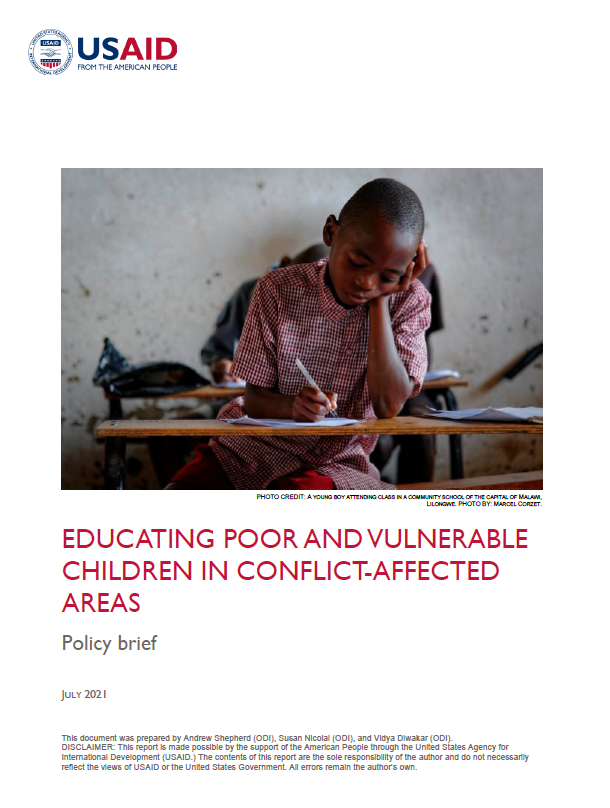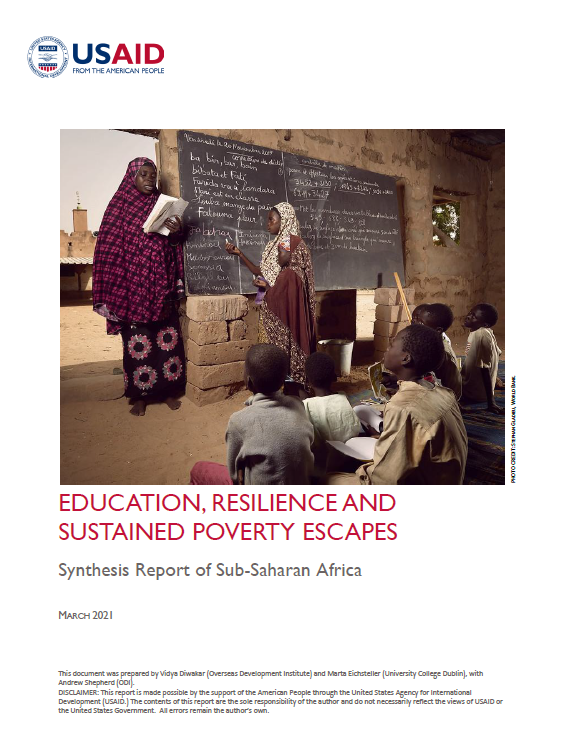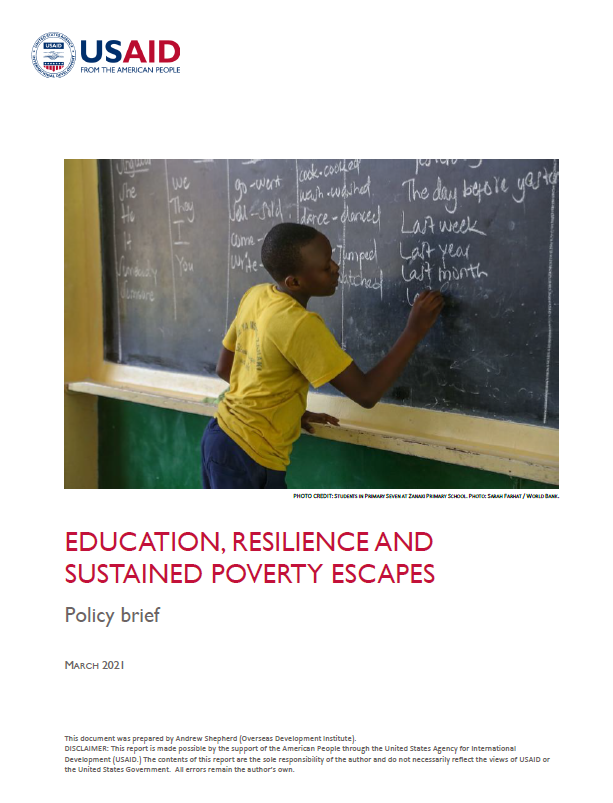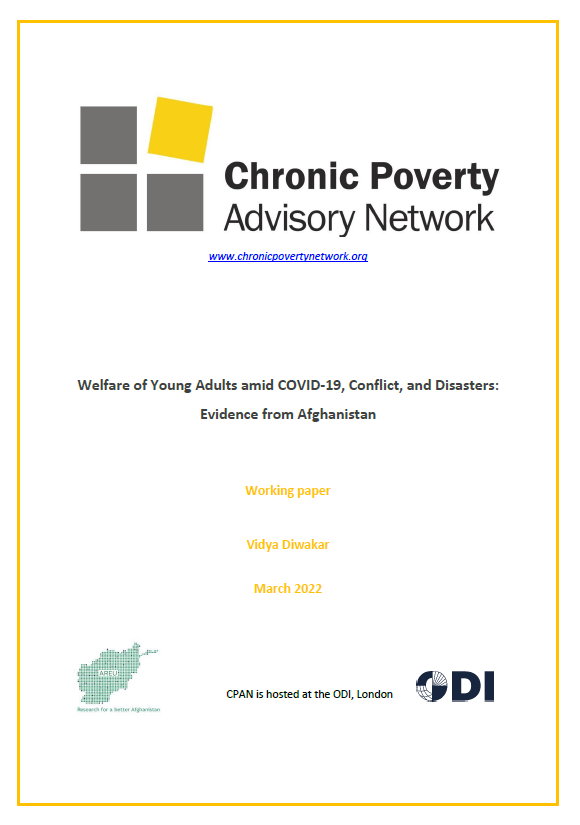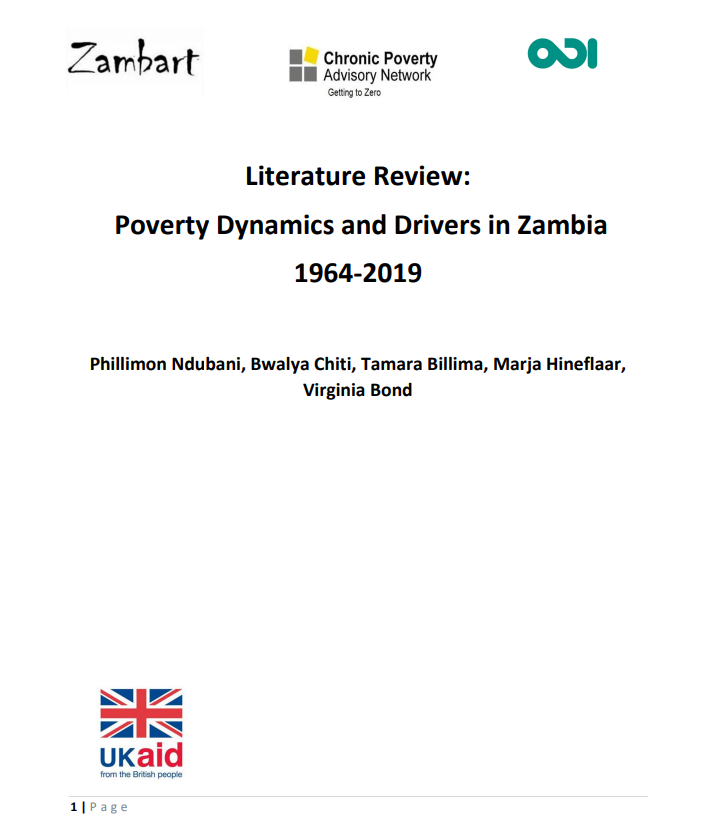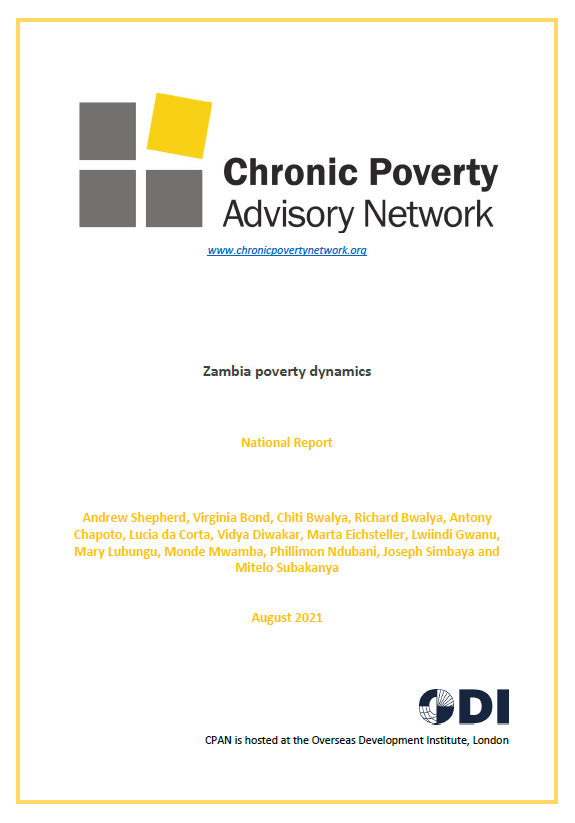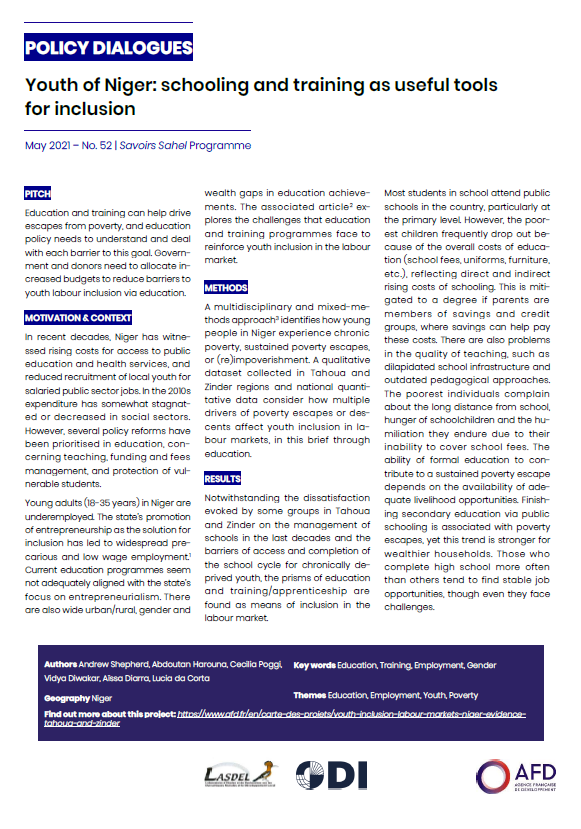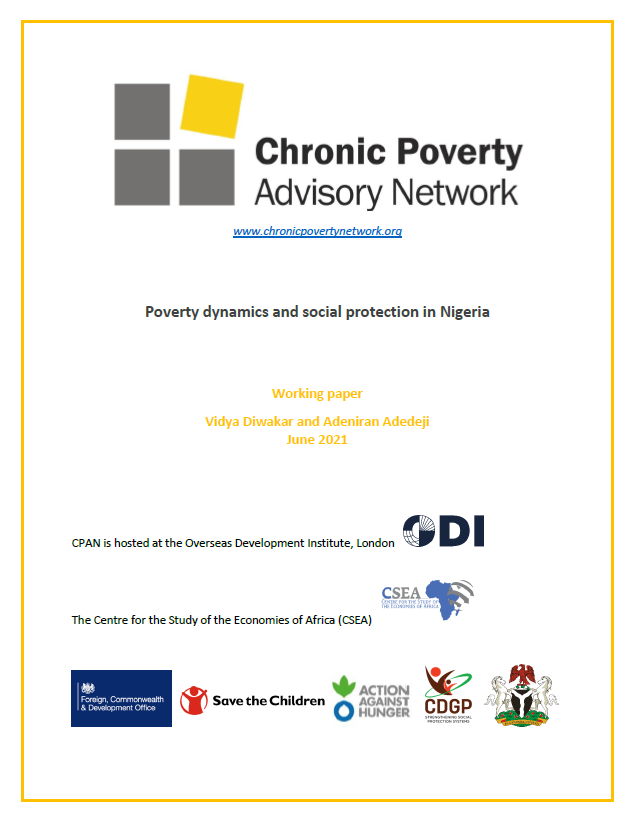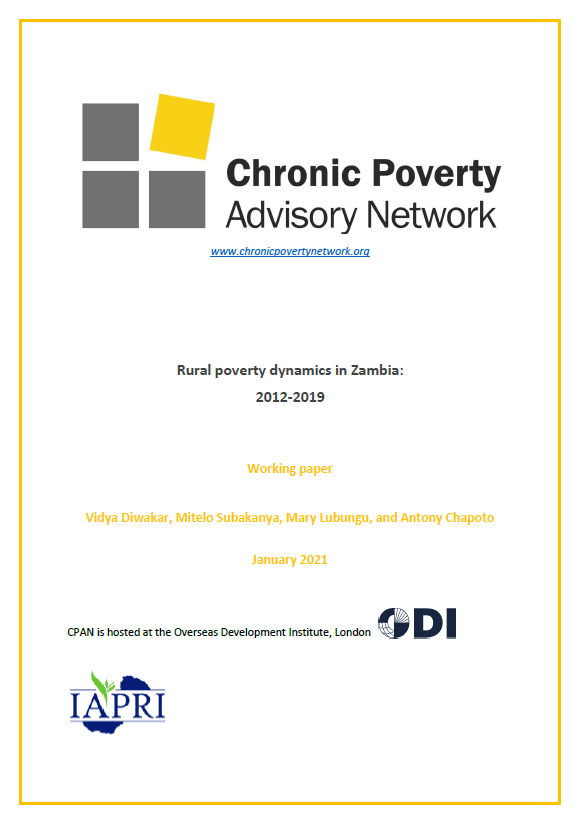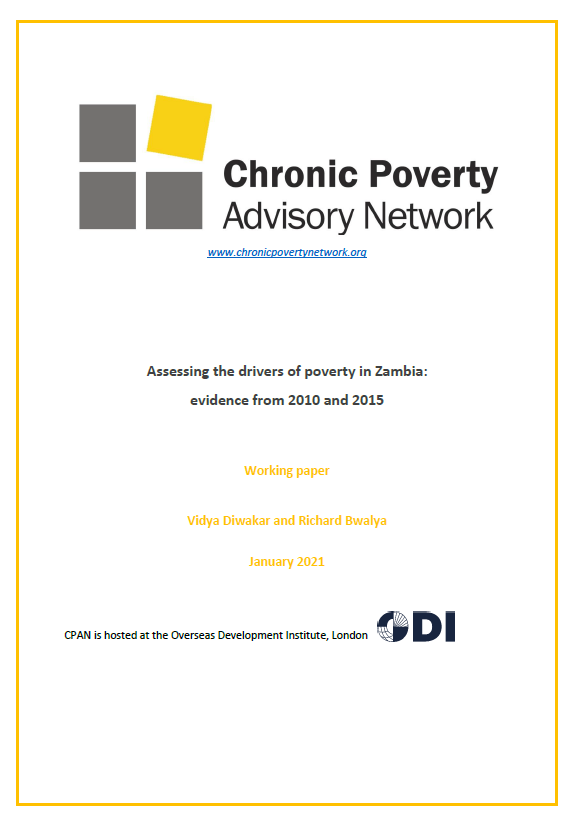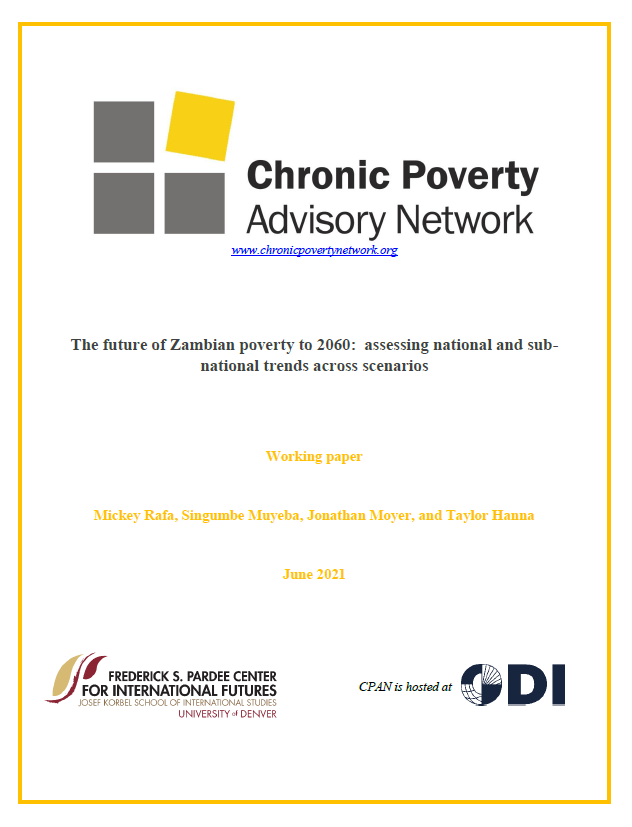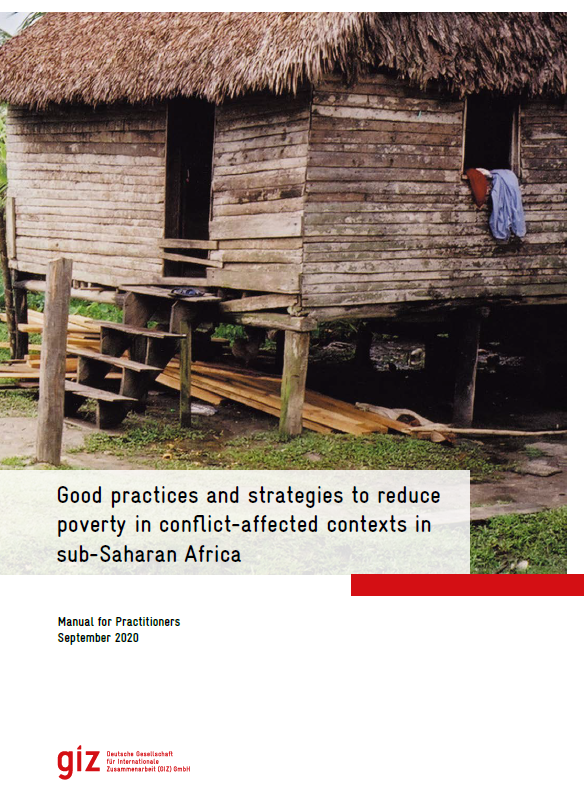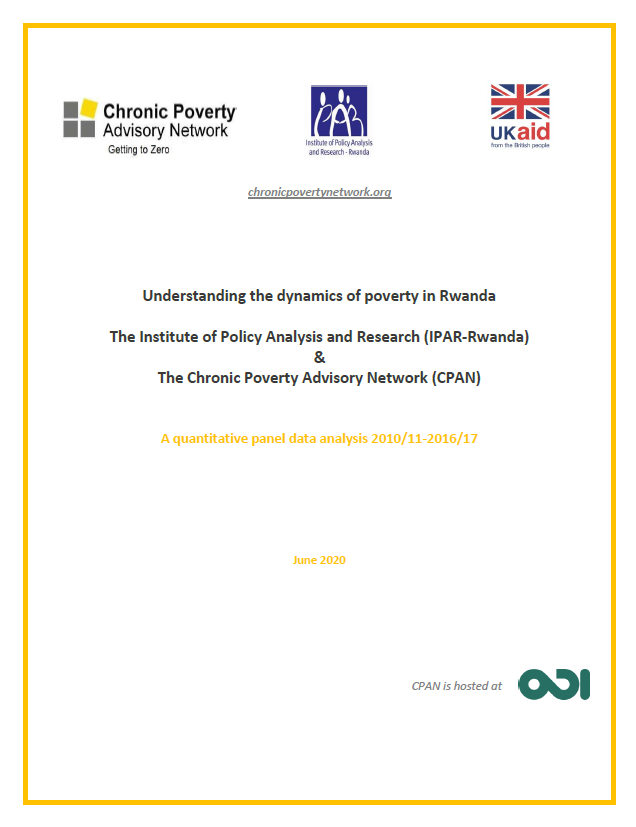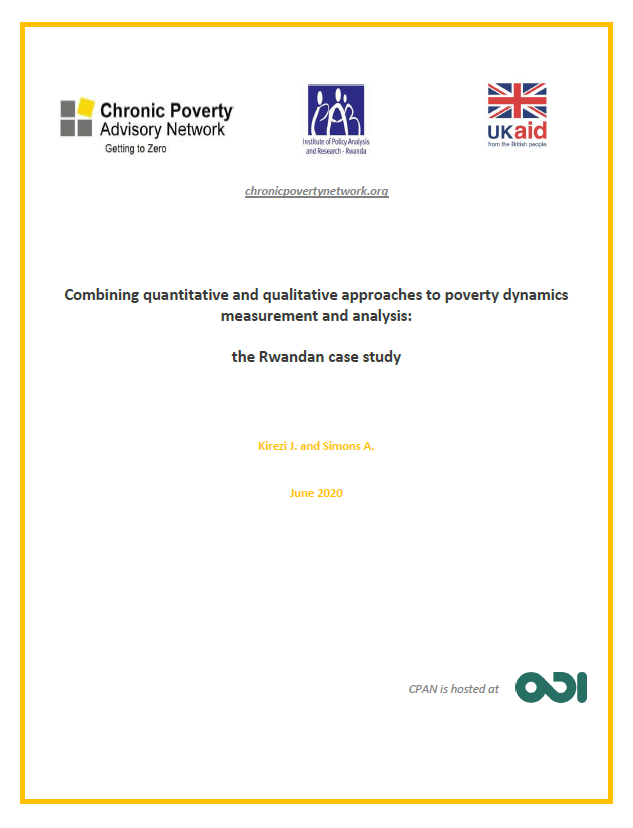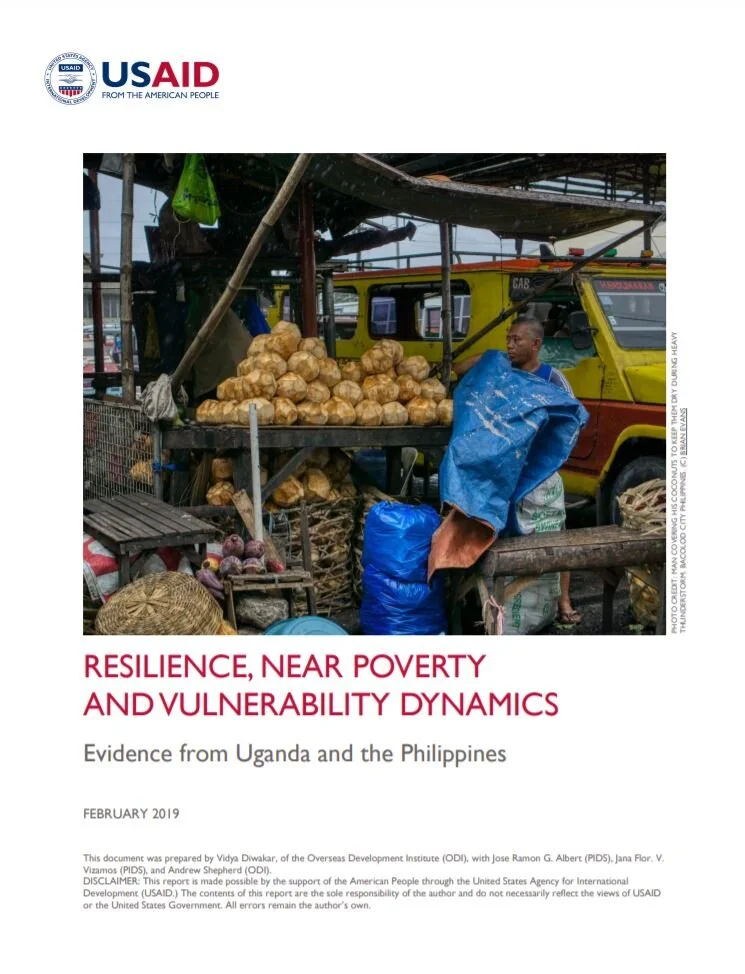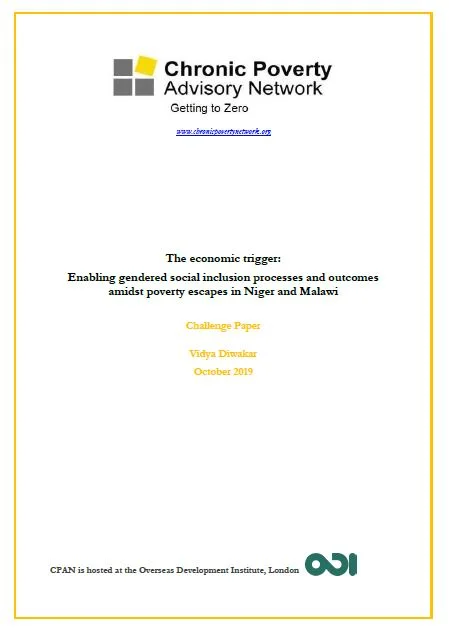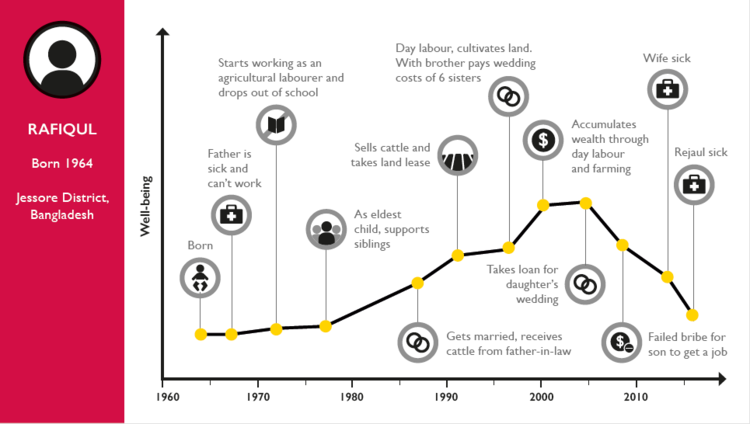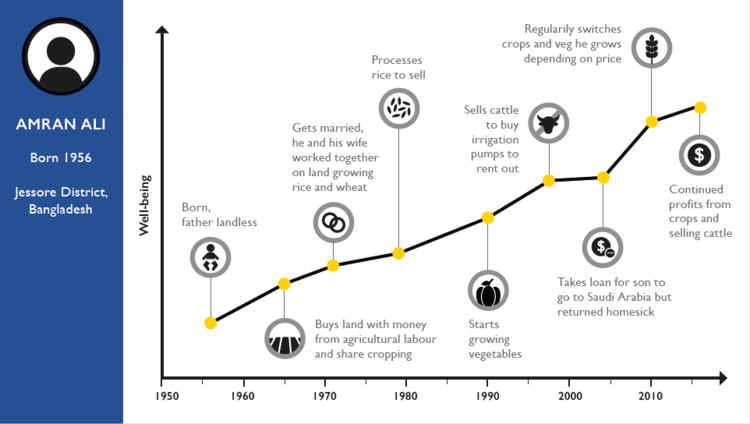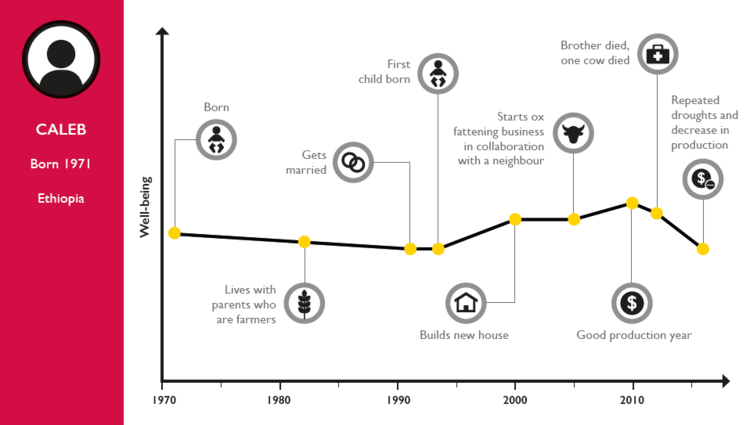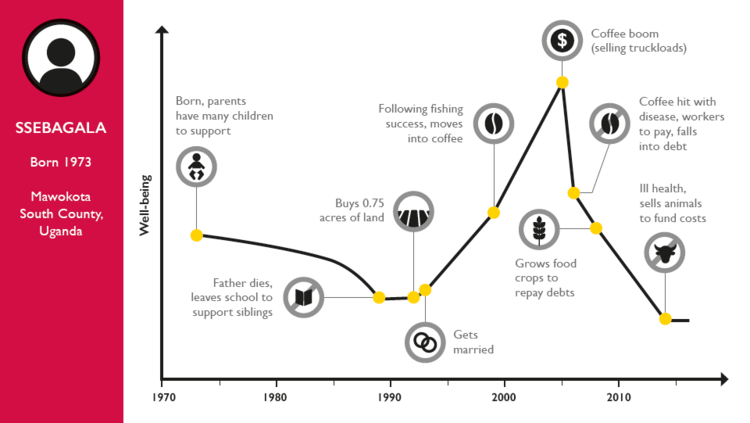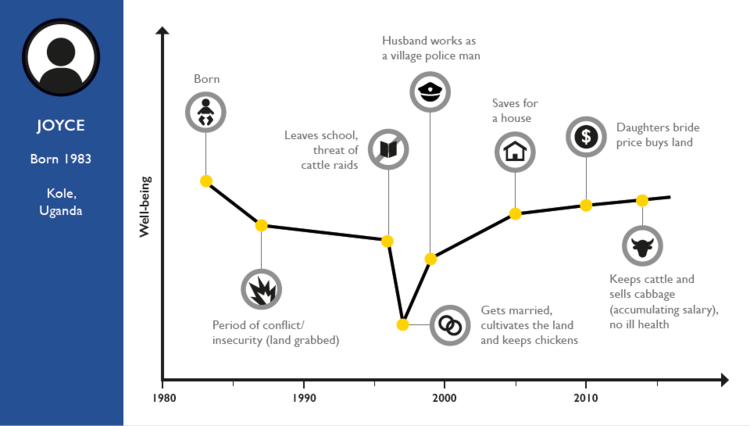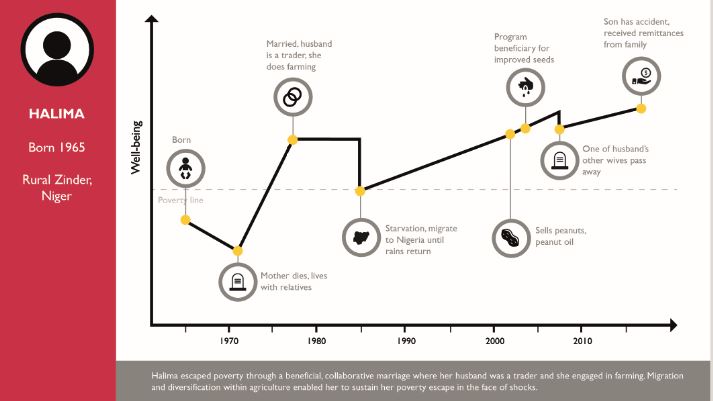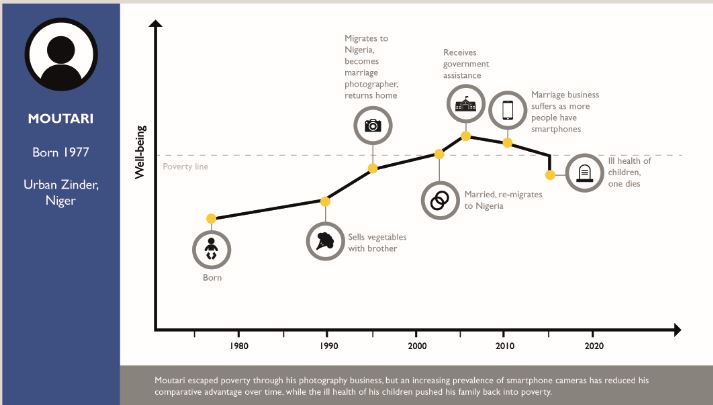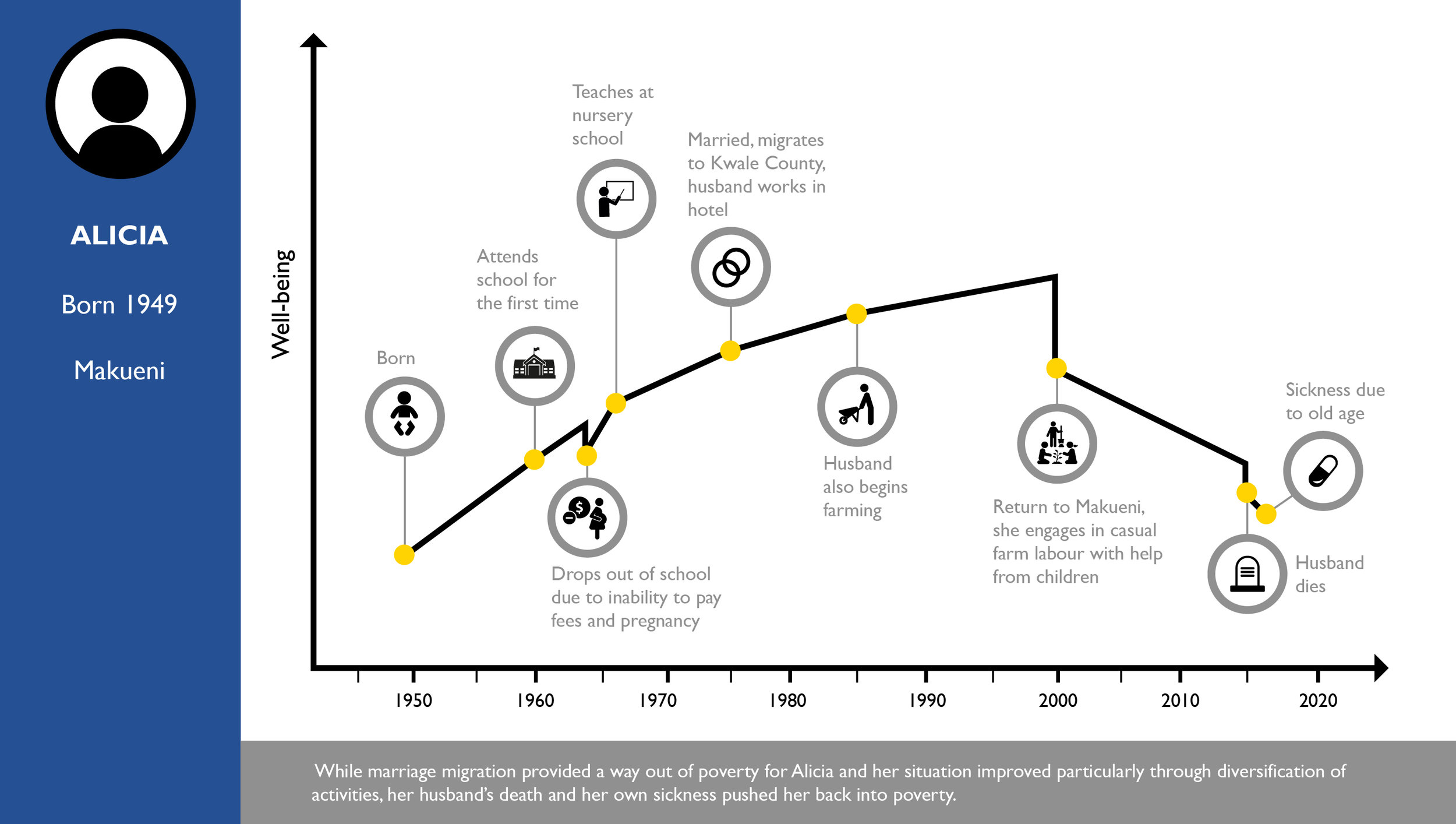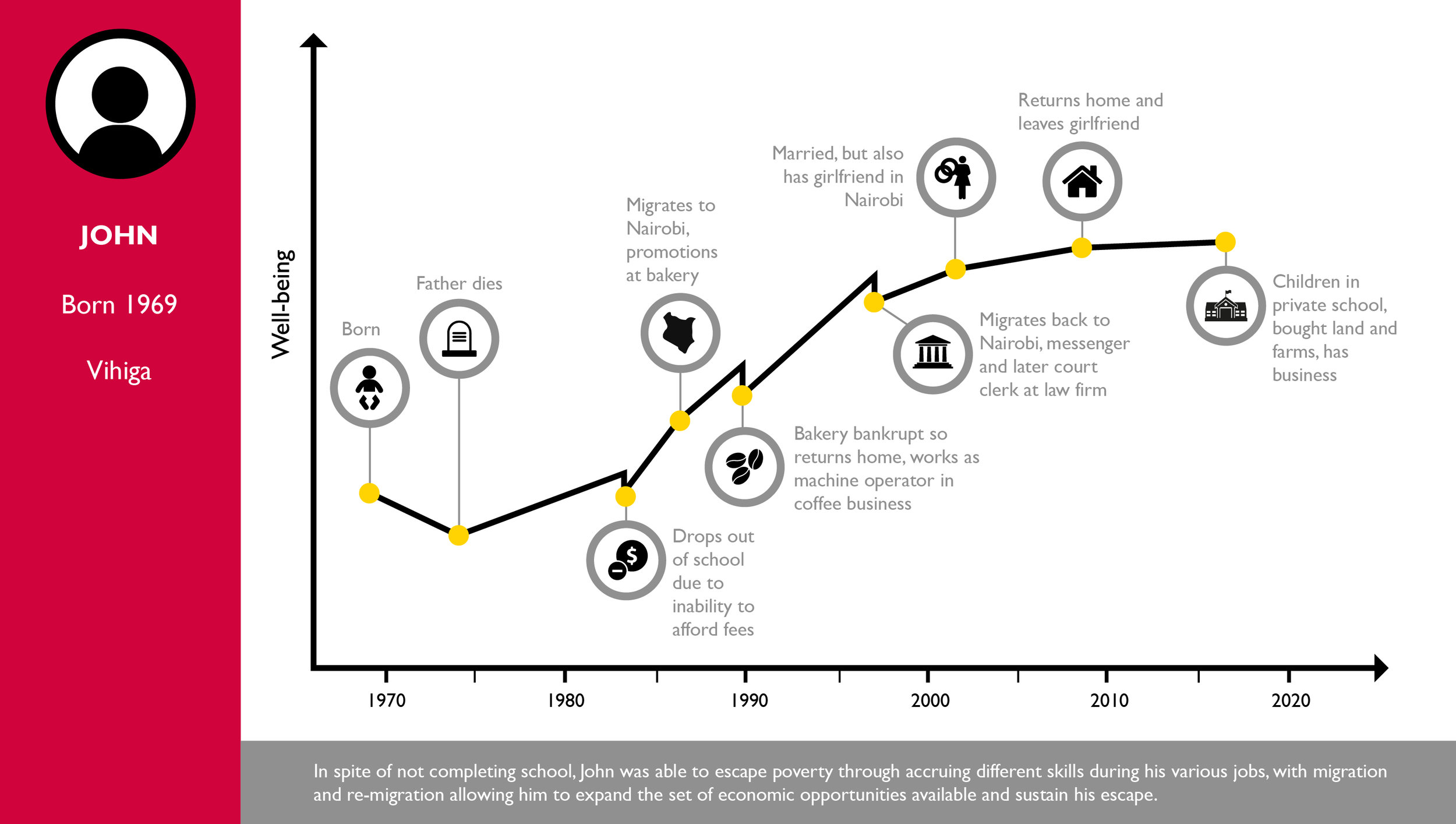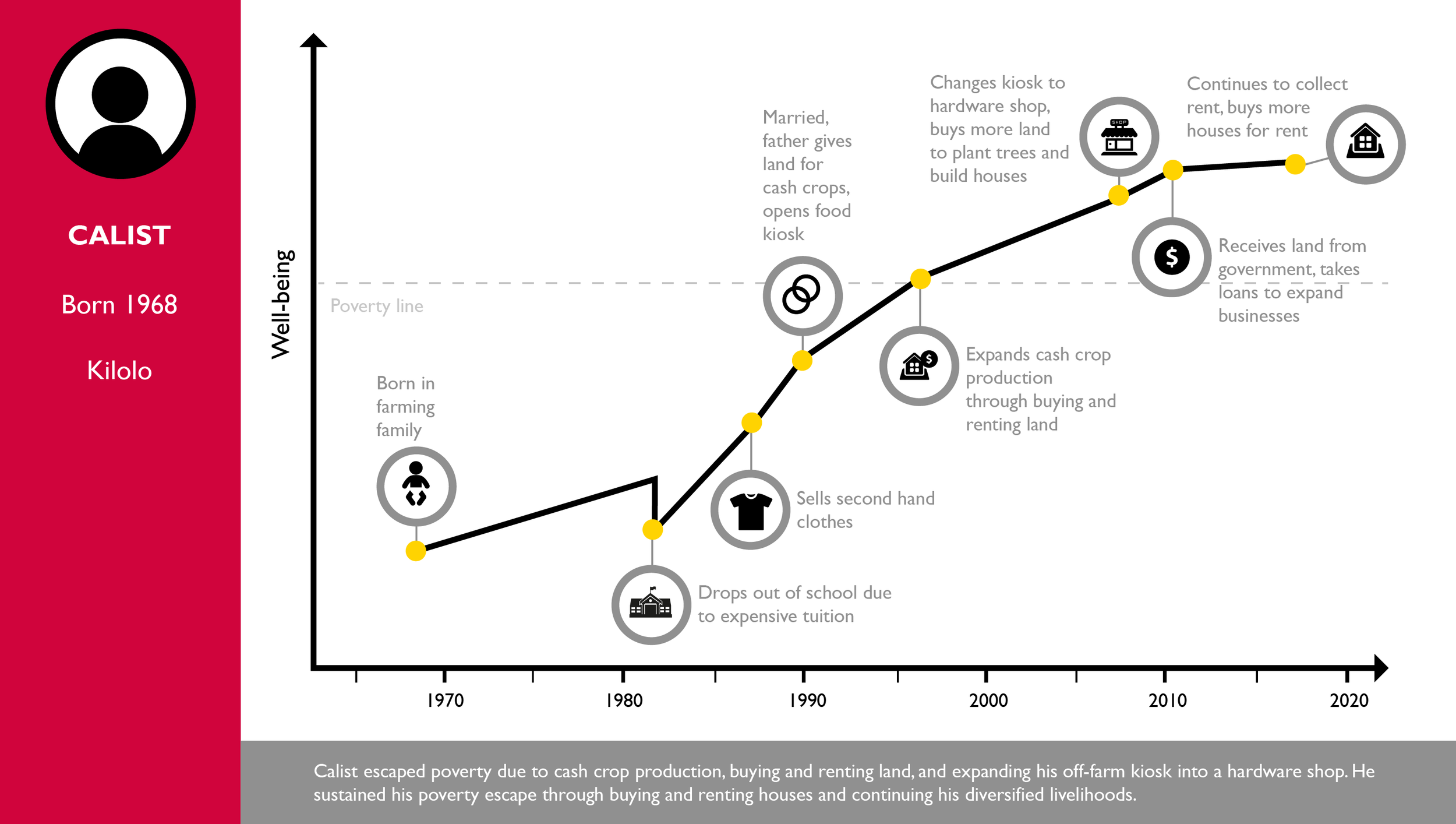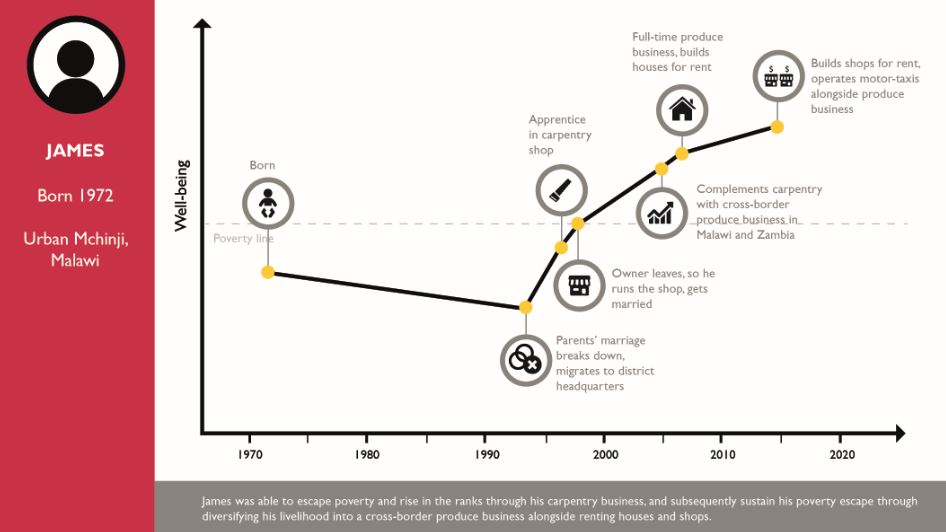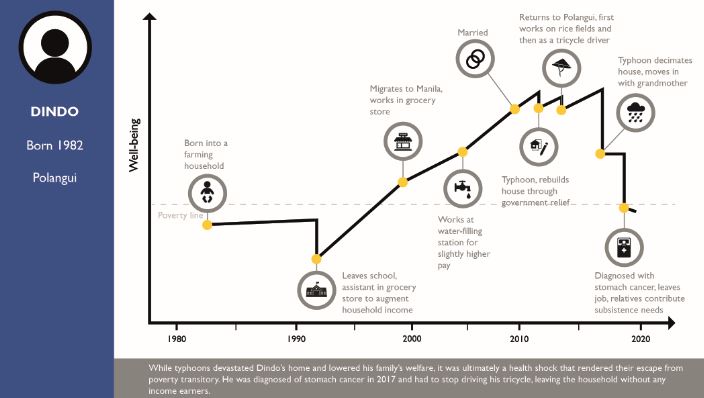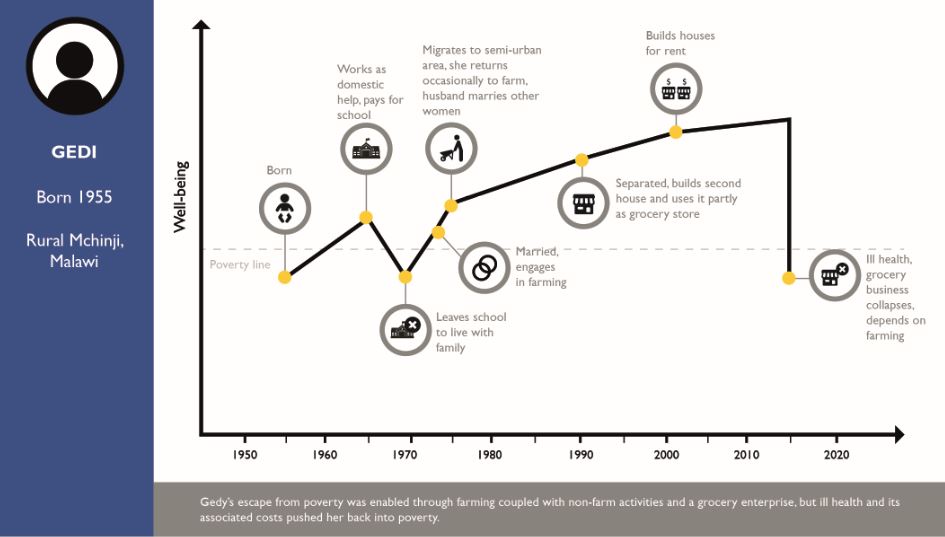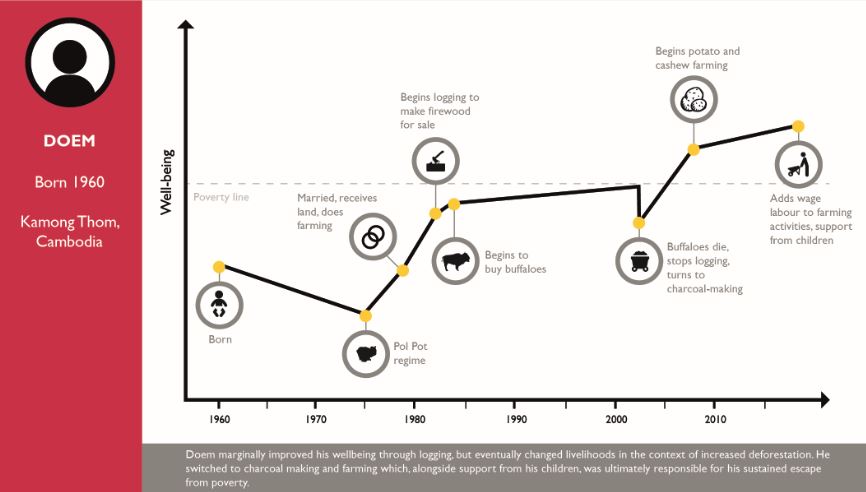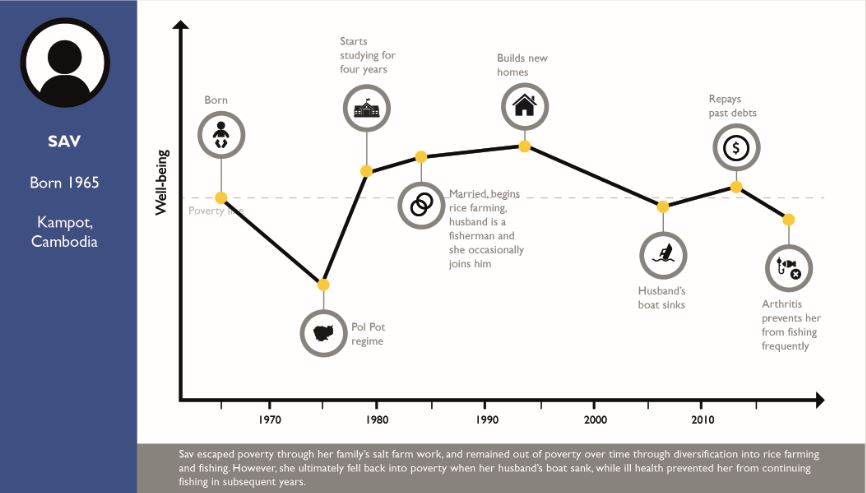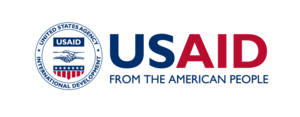There are significant variations in the sustainability of poverty escapes, as several are the shocks that force people below the poverty lines. If the world is to ‘Get to Zero’ extreme poverty this will require, not just ensuring that men and women currently living in poverty are able to escape it, but that new individuals do not become impoverished and that those who have escaped poverty do not once again fall below the poverty line.
Since 2015, CPAN has been investigating the dynamics and drivers of poverty to understand how pathways for sustained poverty escape differ and what countries need to do to enhance the escape from and reduce the incidence of transitory escapes. The urgency for such analysis emerged since from the early findings, which revealed a disturbing trend: in countries like Kenya, Uganda and Tanzania, a significant proportion of rural households that escaped poverty fell back into it. A significant number of non-poor rural households also became poor. As a result, the rate of rural households descending into poverty (becoming impoverished) in these countries exceeds the rate of those sustainably escaping it.
In view of the 2030 goal and inspired by the Leave No One Behind principle, CPAN have focused its work to expand the understanding of the drivers of sustained and transitory poverty escapes across contexts and to draw out policy and programming implications with the aim of informing both national and international policy makers about the urgency not only of ensuring poverty eradication but also to reduce impoverishment and avoid re-impoverishment.
This research has so far produced eleven country case studies, most of which include a country report and an associated policy implication brief. A synthesis of the main common findings has also been produced and a specific paper on the impact of health on poverty dynamics is forthcoming.
The country selection has been driven by CPAN Poverty Eradication Policy Preparedness Index (PEPPI), panel data availability and Feed the Future countries, as well as demand directly received from some countries. The methodology used comprises mixed-methods research combining analysis of existing household panel survey data with the collection of new qualitative data through focus group discussion and life histories, in line with CPAN methodology.
In the next years, CPAN is looking forward to develop further thematic syntheses using our unique Q² dataset, as well as further country studies.
Scroll the gallery below to access the country case studies published heretofore.
Transitory and sustained escapes out of poverty - from the Nepal case study

Life Histories Infographic
Additional Resources
An article by Greg Collins from USAID to introduce the Uganda transitory escape report.
Sustained Escapes from Poverty : Methodological note , Briefing note and Infographics
Multidimensional Poverty Report: Sustainable Poverty Escapes: Spotlight on Multidimensional Poverty
Programme implications : Briefing note
Andrew Shepherd, Lucy Scott and Vidya Diwakar presented and discussed CPAN's work in Washington DC on the 1st September 2016 : presentation (slides and audio recording), panel discussion and interviews (videos)
The work has been supported by:
Photo credit: Malian refugees at Mentao camp, Burkina Faso; Pablo Tosco/Oxfam


